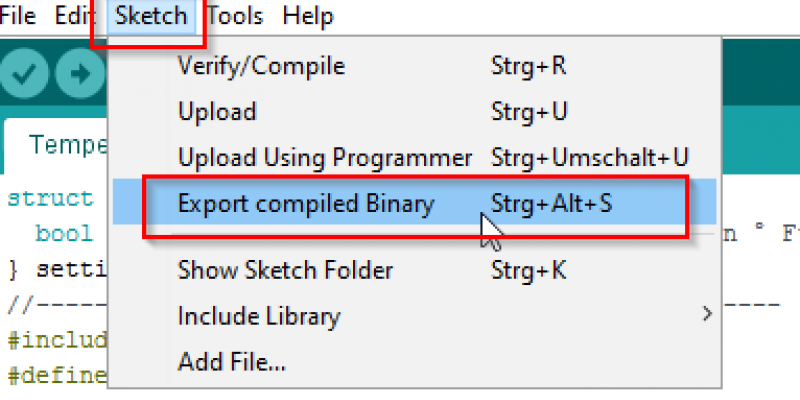If you follow my blog you will have noticed that my TemperatureNode is now in a working state. Yes, i know...it's functionality is very limited. But I will not stop here! But for now I am going to mount it a few metres away from my PC and i do not want to cary my node every time to my computer to flash it. The solution is named OTA-updates or in it's long version over-the-air-updates. In this short posting I am going to describe one of two ways to realize it.
You may have read one of my last postings: Building a basic webinterface for your ESP8266 . If you have had a look into the code you will have noticed that you can adjust the measuring unit in the configuration. But what if you have a guest who comes from the United States of America and you have configured to display Celsius? We will spend some time on this scenario and I will show you how you can solve this problem.
One of the great advantages of the ESP8266 is it's Wi-Fi-interface and the very fast processor. (It also has a, compared to other microcontrollers, large data-storage.)
So it is easier than ever to generate a nice UI (user interface) to control your project. (You do not even need an additional element.) In this post I will show you how you can introduce a HTML5-based graphical user interface.
You might have read my previous post about data-synchronization. A few hours after I published it a friend contacted me and asked if I can write a few lines on my favourite applications.
As you might have noticed I am working on some projects. And if you are in the same situation you will also know the following problem: When you need to switch back to an old project, nobody knows why, you need a good documentation. Typically I am taking additional internal notes while working on a project. Another really common problem is that more and more people have multiple devices and nobody wants to keep his data on an USB-sticks or copy data manually all the time. So in this post I am going to describe my used tools.
